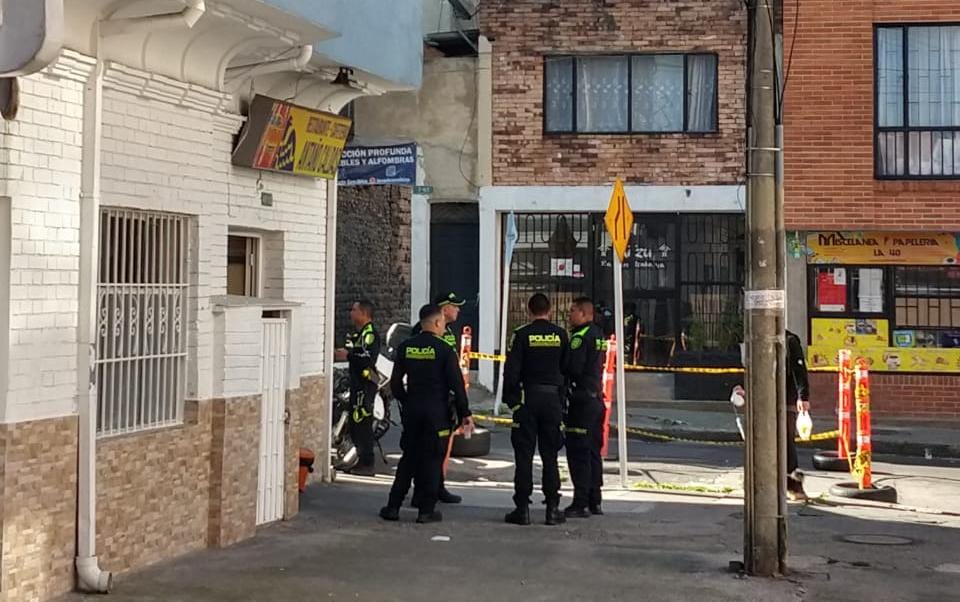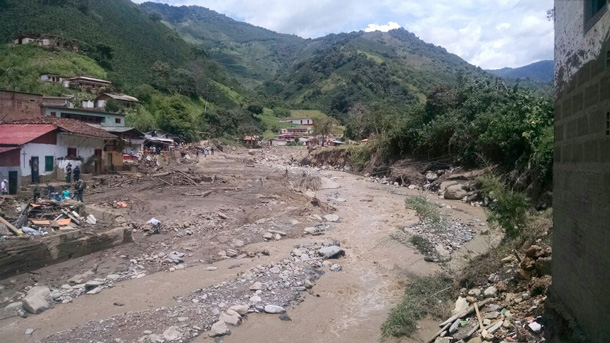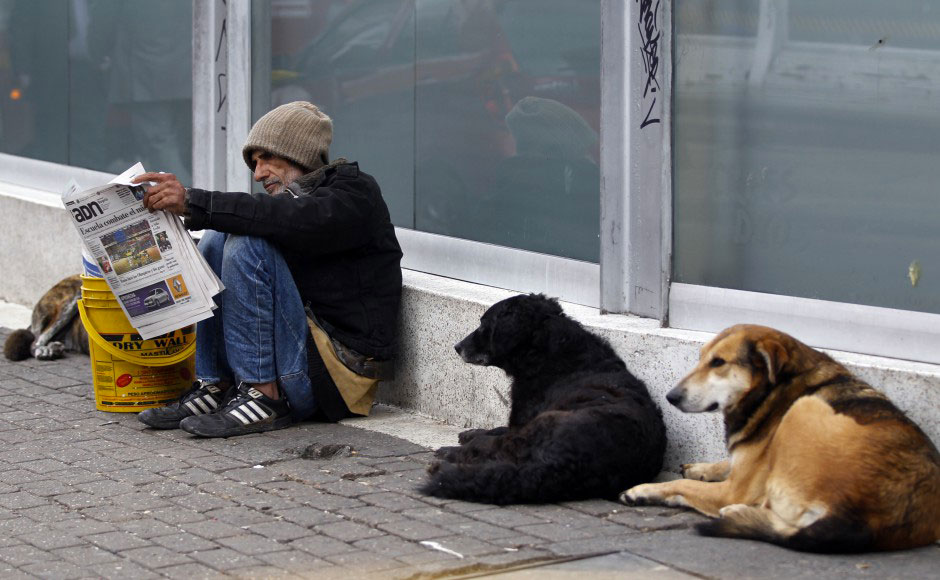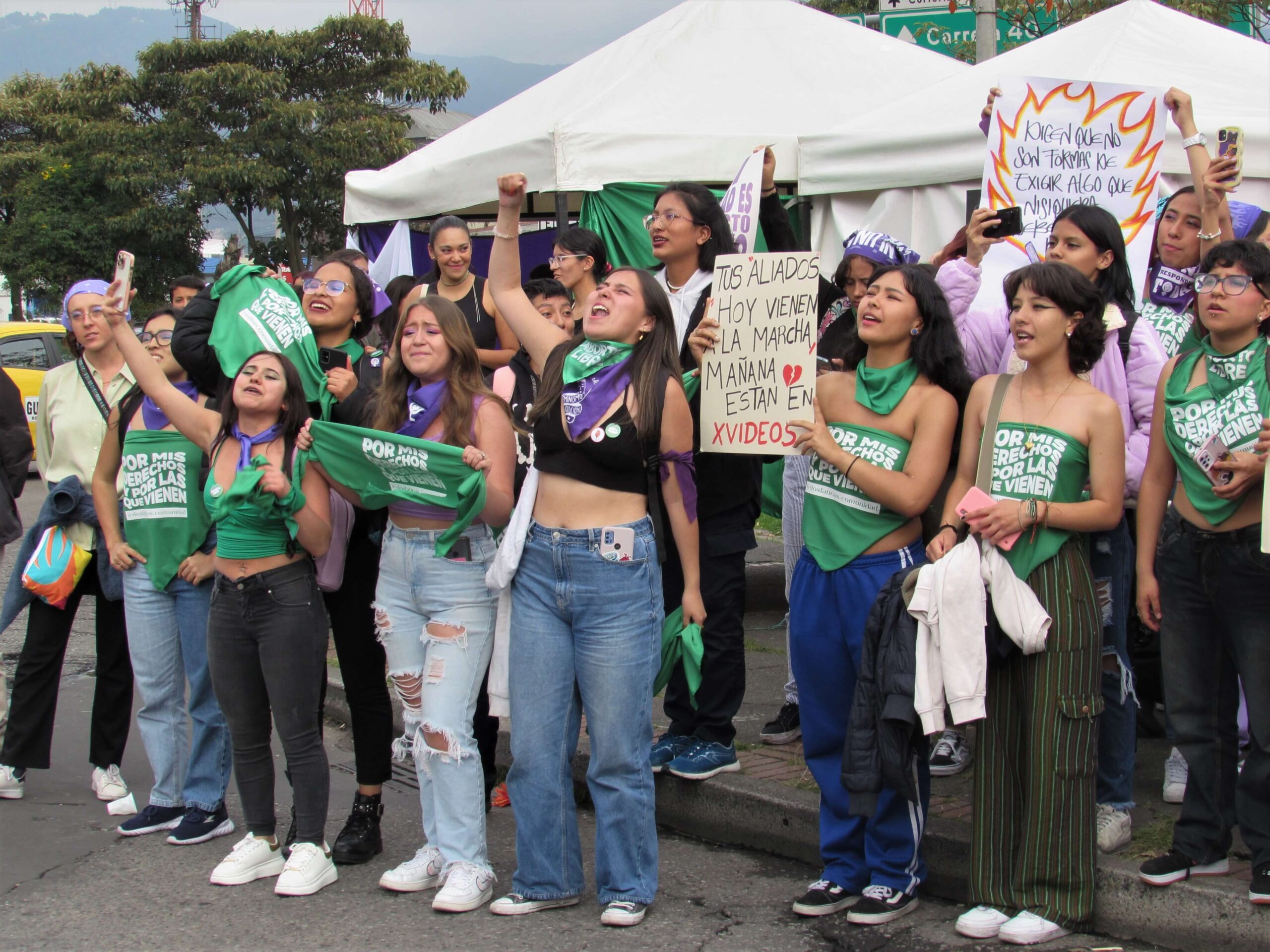There seem to be a lot more police out on the streets – but will it continue throughout 2023?

Noticed anything different on the mean streets of Bogotá recently? There are a lot more uniformed coppers standing about, with more on the TransMilenio as well. We’re well into 2023 now, so let’s hope it’s a new year’s resolution that will stay in place. After all, safety is regularly cited as people’s top concern in Bogotá.
There are 18,000 uniformed police officers in the Bogotá section (Mebog), so there’s certainly plenty of them to put onto the streets. Mayor Claudia López, starting her final year in the Palacio Liévano, is concentrating her efforts on safety and security in the capital. At the same time as police are becoming more visible, she’s announced a Magnificent Seven strategy with seven focuses for combating crime.
The seven prongs are:
- The TransMilenio
- Gender-based crime
- The Centre
- Corabastos (in the west of the city)
- Nightlife crime
- Environmental crime
- Cleanliness and waste
What all this means for most of our readers is that there will be dedicated police in every part of the city focusing on gender-based crimes. The centre and TransMi will have more police, as noted. Of course, we also suspect you may see more police in general as part of this. When asked, individual officers have said they’ve been told not to stay in stations. None were happy to go on the record, but it seems to tie in to the mayor’s security measures.
It’s not necessarily true that simply having lots of police wandering around reduces crime, but it is powerfully symbolic. Most people don’t like paying tax, but it’s nice to at least see it being spent in a visible way. And no one doubts the need for a police force, especially with crime at current levels. While perception is generally higher than actual crime levels, there’s certainly no shortage of crime here.
And make no mistake, those levels are high, very high and getting worse. Robberies especially are anecdotally often unreported, of course, but the most recent data from the Secretaría Distrital de Seguridad, Convivencia y Justicia put the number of reported robberies between January 2022 and November at over 122,000, a 25% increase on the same period last year. Murder and homicides are down, thankfully, but those numbers remain high too, with around a thousand annually. It shouldn’t be a surprise to anyone, but Bogotá is a high-crime city – even if it compares favourably to the likes of Medellín or Cali.
Does more police on the streets help?
It’s nice to have more coppers standing about, but are they actually doing anything? Well, that would require its own article to explain in detail, so you’ll get that answer next week. Certainly many Colombians will be at best suspicious of the productivity of most police officers, whether that’s entirely fair or not. And of course, there are problems, with many being fined and/or disciplined for corruption and illegal activity.
The extent of these police patrols is also unclear. In a notoriously divided city, there’s extra police in the centre for sure, plus improved presence in Chapinero and Usaquén. TransMilenio stations have noticeable groups of police too. Out in the suburbs, things are less clear. Suba and Kennedy lead the list for most dangerous localidades, after all.
Claudia López has had a rocky time controlling the police, but she appears to have finally got the extra uniforms she asked for. It’s worth noting the chain of command for those unfamiliar with Colombian policing. Unlike the UK or US, for example, the Colombian police are not independent at all, but directly controlled by ministers. The Ministry of Defense is in charge of policing, controversially, though the President of the Republic has ultimate responsibility.
And of course, we do now have a new president. Gustavo Petro promised wholesale changes to policing amongst his smorgasbord of proposals. It’s hard to know what’s a priority at this stage, but policing doesn’t seem super high on the list right now. He promised the abolition of the riot squad (ESMAD), but they still stalk the streets when protests are planned.
The police in Bogotá have, to be polite, a complicated relationship with the citizenry of the capital. In recent years there have been major clashes, and ESMAD are always controversial. The death of Dilan Cruz is very much in the minds of many when they think of the police. That’s similar across the country, too.
Still, when push comes to shove, most people in la nevera will call the police in an emergency, and the more openly visible they are, the easier that is to do. It’s also no bad thing to have at least an idea that our tax is going somewhere, and good to have at least some sort of visible deterrence. Having some police around is, after all, probably better than nothing.





